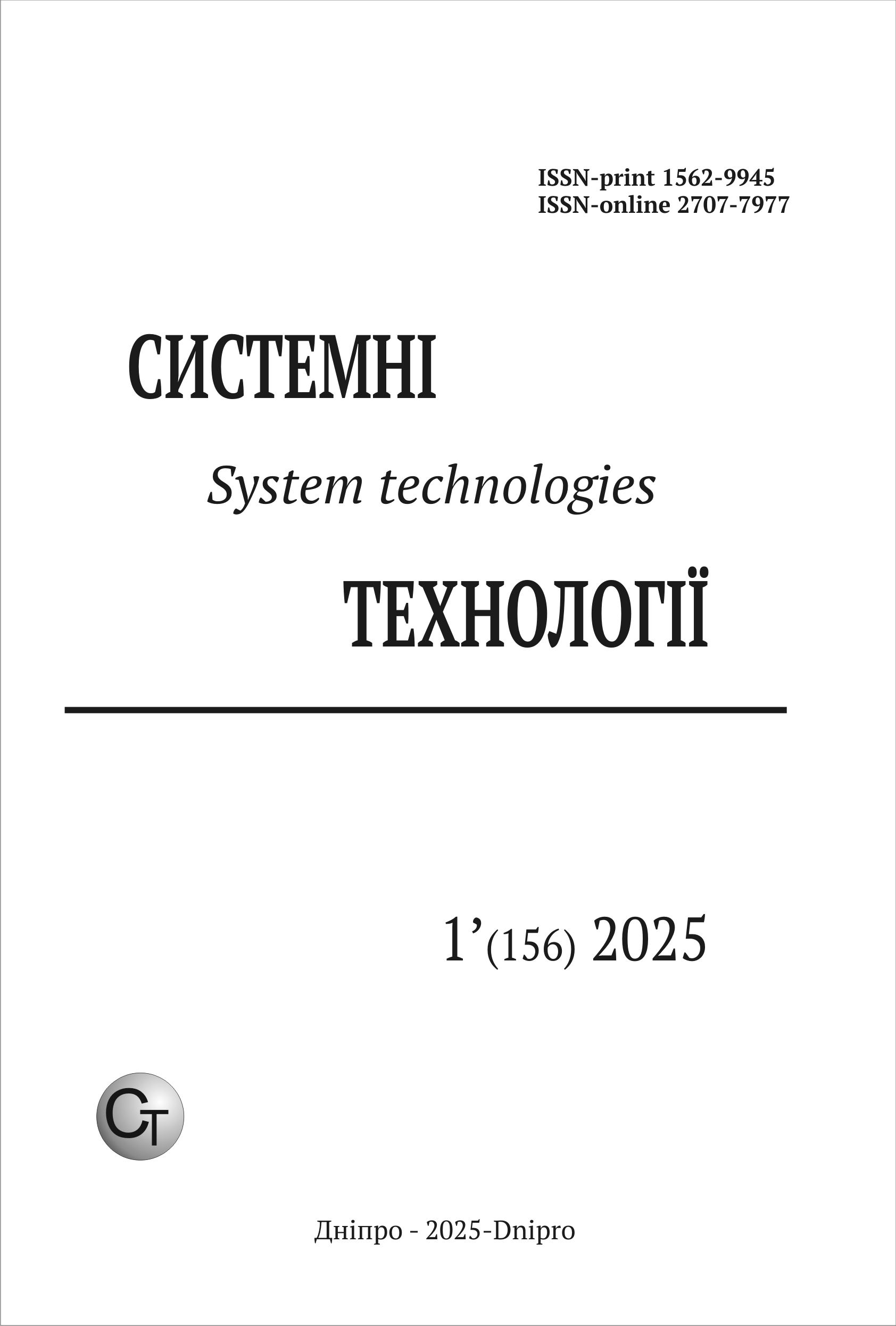Neural network model of detection and tracking in the city traffic
DOI:
https://doi.org/10.34185/1562-9945-1-156-2025-06Keywords:
machine learning, YOLOV, testing, tracking, electric scooter, deep sort, detection, web application.Abstract
The paper describes the subject area, namely the description of machine learning methods and neural networks, as well as the classification task. In addition to the above, a review of scientific literature and analogues and a description of the YOLOv7 family of neural network models were conducted. The architecture of the YOLOV7 neural network model, its main parts and their purpose were described. The dataset for training and testing the model was described, the web application "RoboFlow" was described, in which image marking was performed. The Deep SORT algorithm for tracking objects in time was also described. A neural network model for detecting and tracking electric scooters in the traffic flow was implemented. The model was trained on the collected dataset. A web application was also implemented to demonstrate the operation of the neural network model. The web application fully meets the functional and non-functional requirements. Neural network testing was carried out, testing was carried out on different YOLOV7 models, the best result was shown by the YOLOV7-w6 model. Functional testing of the web program was also carried out. Automated testing of the web application was carried out using the cypress tool, the web application was tested using two types of testing, component and E2E. According to the purpose of this work, a neural network model was developed for recognizing and tracking electric scooters in traffic. To improve the performance of the neural network model, the following actions can be taken: increase the data set, add more data diversity, train the neural network model, change the model topologies, try to choose parameters with which the model will give the best results.
References
Viuhin V.V. Matematychni osnovy teorii mashynnoho navchannia ta prohnozuvannia. // K.: 2013. - 387 s.
Barskyi A.B. Neironni merezhi: rozpiznavannia, keruvannia, pryiniattia rishen. // K.: Finansy ta statystyka, 2004. - 176 s.
Voronin V.V. Teoriia ta praktyka mashynnoho navchannia: navchalne posibnyk. / V.V. Voronina, A.V. Mikhieiev, N.H. Yarushkina, K.V. Sviatov // Do, 2017. - 290 s.
Gawande U., Hajari K., Golhar Y. Real-time deep learning approach для pedestrian detection і suspicious activity recognition. // Procedia Computer Science, 2023. - Т. 218 - С. 2438-2447.
Tang F., Yang F., Tian X. Long-distance person detection based on Yolov7. // Electronics, 2023. - Т. 12, № 6. - С. 1502-1516.
Wang C.-Y., Bochkovskiy A., Liao H.-Y. M. YOLOV7: Trainable bag-of-freebies sets new state-of-the-art for real-time object detectors.// 2022 -15 с.
Downloads
Published
Issue
Section
License
Copyright (c) 2025 System technologies

This work is licensed under a Creative Commons Attribution 4.0 International License.















